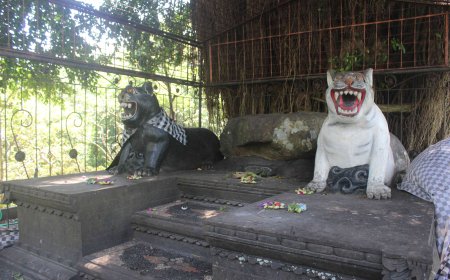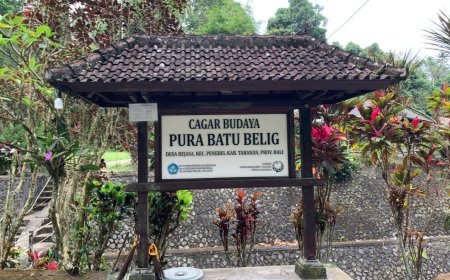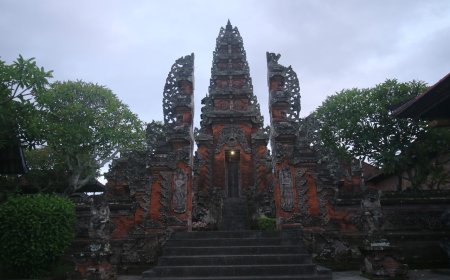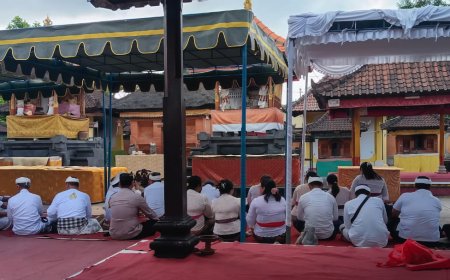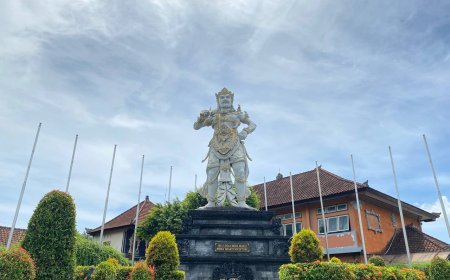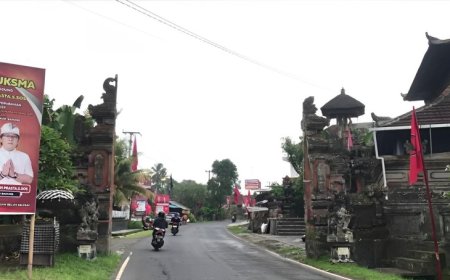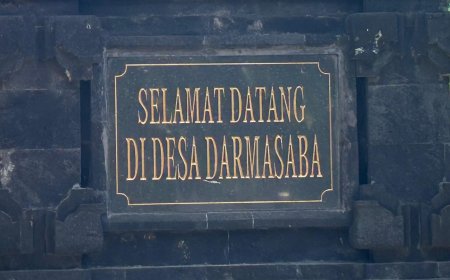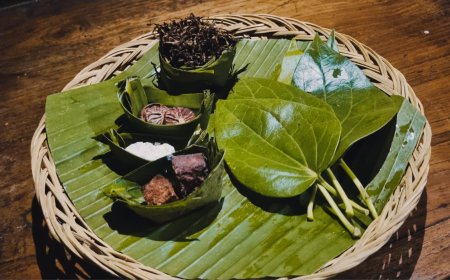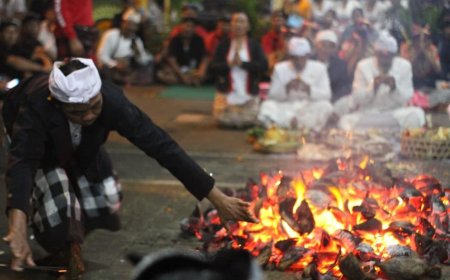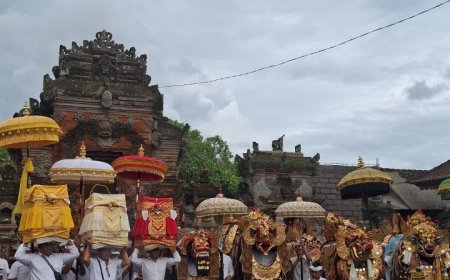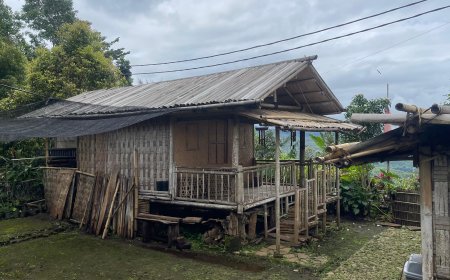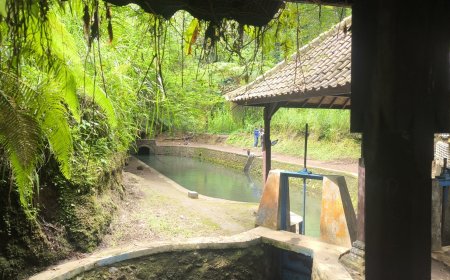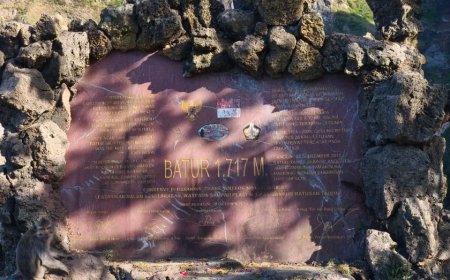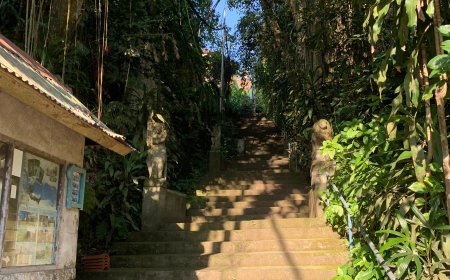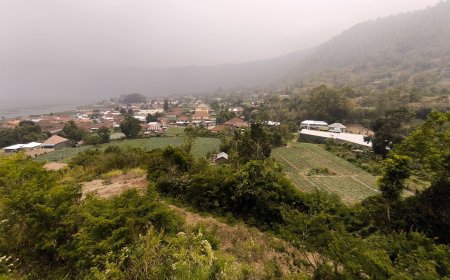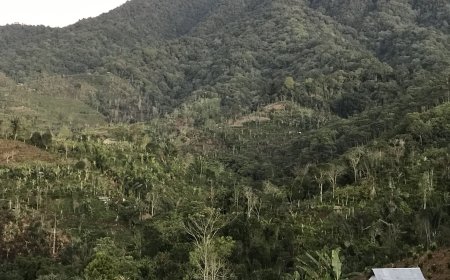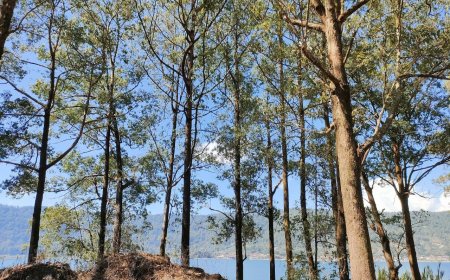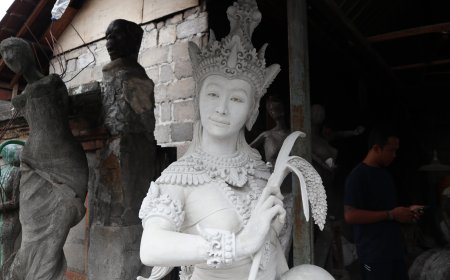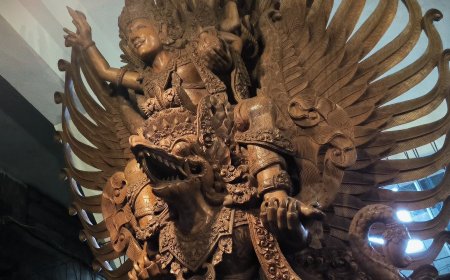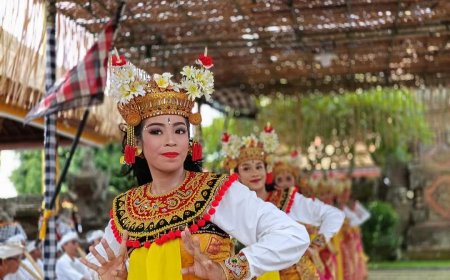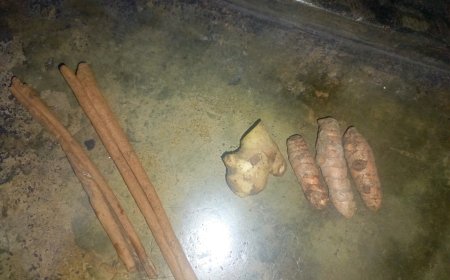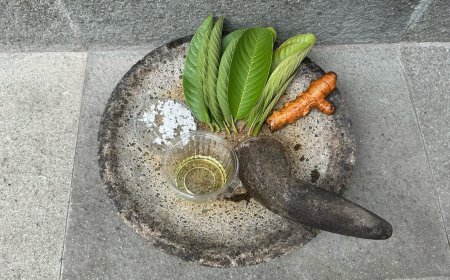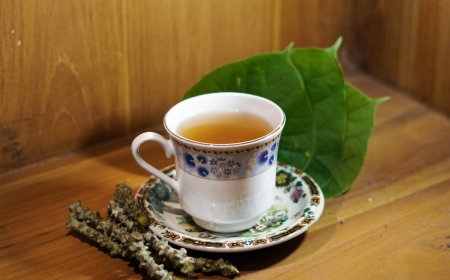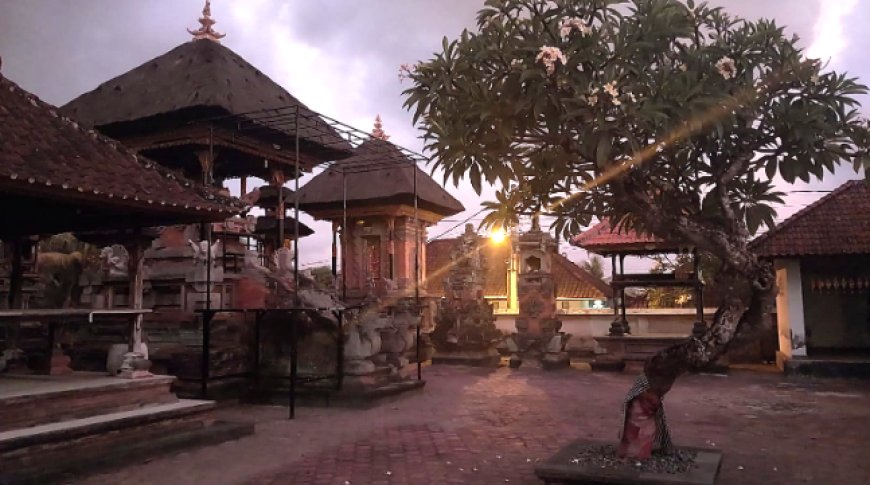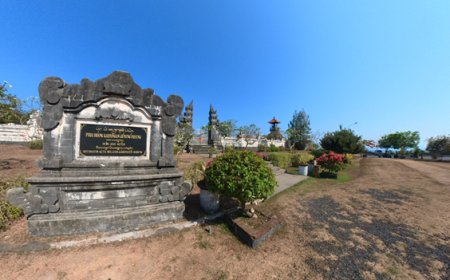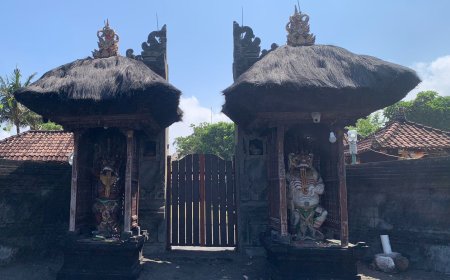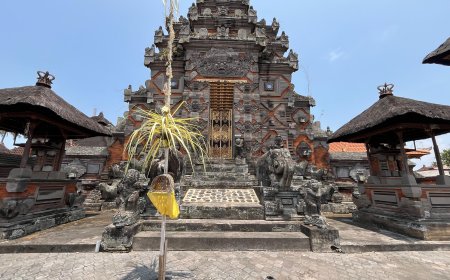Pura Batu Lepang Takmung: From Historic Palace to Center of Community Harmony and Prosperity
Pura Batu Lepang, located in Takmung Village, Klungkung, Bali, is an important temple for the local community in preserving Balinese traditions and customs. The temple is known for its regular ceremonies, including the Pujawali and other rituals that are part of a six-month cycle according to the Balinese calendar, held every Soma Wage Prangbakat.
Batu Lepang Temple in Takmung Village, Banjarangkan District, Klungkung Regency, holds a long history tied to changes in its function and role in the lives of the local community. Once, this place was a puri, or noble residence, belonging to Gusti Ngurah Batu Lepang. Legend has it that, due to a conflict with the kingdom, the puri was abandoned and left neglected. The ruins of this puri left a lingering energy, and the surrounding community felt its negative impact, marked by discord and various social issues.
Over time, the people of Takmung Village took the initiative to revive the place by transforming it into a temple, known as Batu Lepang Temple. This site has since become a spiritual center believed to bring peace and harmony to the community. Various religious rituals began to be held, including the odalan, a ceremonial offering held every Anggara Kasih Prangbakat, according to the Balinese calendar. This ritual became an essential part of worship at the temple and is regarded as a sacred moment to seek blessings and safety.
Bingin Tree of Batu Lepang Temple (Source: Private Collection)
The image above captures a unique and sacred offering site, hidden within the crevices of a large tree's roots. Here, a small statue or icon, likely serving as a symbol or representation of a deity in Balinese Hindu tradition, is placed with deep reverence.
The transformation of the puri into a temple has greatly influenced the people of Takmung. Spiritual activities at Batu Lepang Temple are believed to bring positive changes. Previously, the community often experienced discord, but since the temple's care and regular odalan ceremonies began, residents have felt an improvement in quality of life and harmony in their environment. Agricultural harvests have become more abundant, and social relations among residents have grown closer. This temple has become an essential symbol of healing and balance, reminding people of the importance of spirituality and community cooperation in maintaining peace and prosperity.
Lesung at Batu Lepang Temple (Source: Private Collection)
A small altar in an open area is called Lesung, as noted on the plaque at the front of the altar. This altar is made of neatly arranged red bricks, topped with a small dome-like cover of stone or metal. Around the altar are several objects, including a small container that might be used in rituals or offerings.
The Ngenteg Linggih and Melaspas ceremonies held at Temple Batu Lepang are not only forms of worship but also efforts to maintain purity, harmony, and balance in the sacred space. Ngenteg Linggih is a ceremony that establishes or strengthens the pelinggih (shrine) as a dwelling place for the gods, making the temple a source of sacred spiritual energy. Meanwhile, the Melaspas ceremony is a purification ritual, usually performed when a building or shrine has just been constructed or renovated, aiming to remove any impurities or negative energy that might linger. In this context, the Melaspas ceremony cleanses not only physically but also spiritually, so that the temple can become a truly pure and harmonious place of worship.
Batu Lepang Temple (Source: Private Collection)
Batu Lepang Temple in Takmung, Klungkung, is one of Bali's temples known for its Balinese architectural style, rich in Hindu philosophy and Balinese cultural values. The temple’s architecture combines traditional Balinese elements made of natural stone and wood, adorned with distinctive Balinese carvings. At the main gate, there is a candi bentar or split gate, a pair of identical structures resembling two halves, adorned with carvings depicting Balinese mythological symbols. Inside the temple, there is a multi-tiered meru tower with overlapping ijuk (thatched) roofs, serving as a shrine for Hindu deities. There is also a bale pelinggih, a small wooden structure with carved pillars that function as a place of worship.
Batu Lepang Temple in Takmung, Klungkung, is not merely a historical site but also a valuable symbol of restoration and harmony for the local community, rediscovering the peace and identity that had once been lost. The regular performance of the odalan ritual has restored social and economic harmony, bringing prosperity and strengthening relationships among the villagers.

